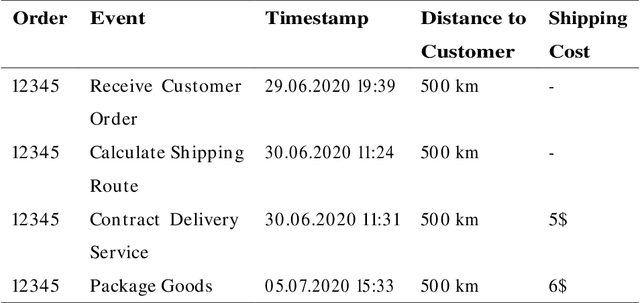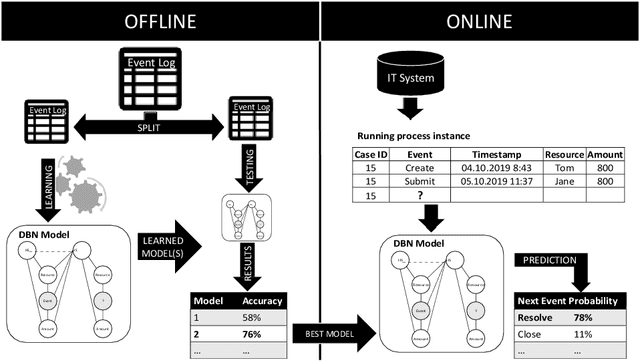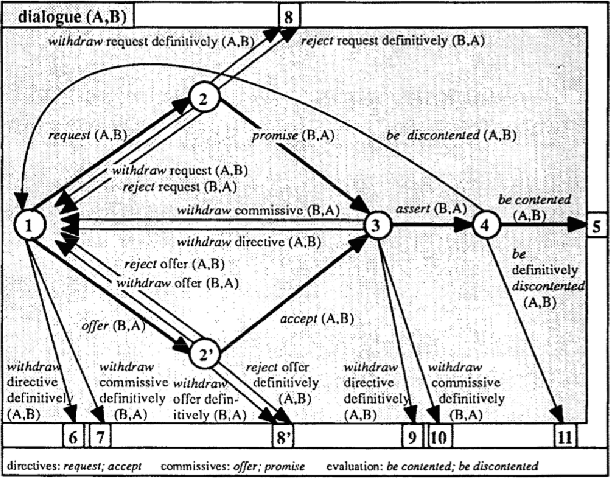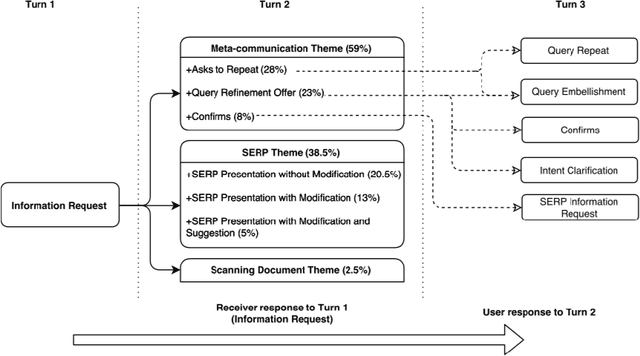Kate Revoredo
XNAP: Making LSTM-based Next Activity Predictions Explainable by Using LRP
Aug 18, 2020



Abstract:Predictive business process monitoring (PBPM) is a class of techniques designed to predict behaviour, such as next activities, in running traces. PBPM techniques aim to improve process performance by providing predictions to process analysts, supporting them in their decision making. However, the PBPM techniques` limited predictive quality was considered as the essential obstacle for establishing such techniques in practice. With the use of deep neural networks (DNNs), the techniques` predictive quality could be improved for tasks like the next activity prediction. While DNNs achieve a promising predictive quality, they still lack comprehensibility due to their hierarchical approach of learning representations. Nevertheless, process analysts need to comprehend the cause of a prediction to identify intervention mechanisms that might affect the decision making to secure process performance. In this paper, we propose XNAP, the first explainable, DNN-based PBPM technique for the next activity prediction. XNAP integrates a layer-wise relevance propagation method from the field of explainable artificial intelligence to make predictions of a long short-term memory DNN explainable by providing relevance values for activities. We show the benefit of our approach through two real-life event logs.
Cause vs. Effect in Context-Sensitive Prediction of Business Process Instances
Jul 15, 2020



Abstract:Predicting undesirable events during the execution of a business process instance provides the process participants with an opportunity to intervene and keep the process aligned with its goals. Few approaches for tackling this challenge consider a multi-perspective view, where the flow perspective of the process is combined with its surrounding context. Given the many sources of data in today's world, context can vary widely and have various meanings. This paper addresses the issue of context being cause or effect of the next event and its impact on next event prediction. We leverage previous work on probabilistic models to develop a Dynamic Bayesian Network technique. Probabilistic models are considered comprehensible and they allow the end-user and his or her understanding of the domain to be involved in the prediction. Our technique models context attributes that have either a cause or effect relationship towards the event. We evaluate our technique with two real-life data sets and benchmark it with other techniques from the field of predictive process monitoring. The results show that our solution achieves superior prediction results if context information is correctly introduced into the model.
QRFA: A Data-Driven Model of Information-Seeking Dialogues
Dec 27, 2018



Abstract:Understanding the structure of interaction processes helps us to improve information-seeking dialogue systems. Analyzing an interaction process boils down to discovering patterns in sequences of alternating utterances exchanged between a user and an agent. Process mining techniques have been successfully applied to analyze structured event logs, discovering the underlying process models or evaluating whether the observed behavior is in conformance with the known process. In this paper, we apply process mining techniques to discover patterns in conversational transcripts and extract a new model of information-seeking dialogues, QRFA, for Query, Request, Feedback, Answer. Our results are grounded in an empirical evaluation across multiple conversational datasets from different domains, which was never attempted before. We show that the QRFA model better reflects conversation flows observed in real information-seeking conversations than models proposed previously. Moreover, QRFA allows us to identify malfunctioning in dialogue system transcripts as deviations from the expected conversation flow described by the model via conformance analysis.
 Add to Chrome
Add to Chrome Add to Firefox
Add to Firefox Add to Edge
Add to Edge